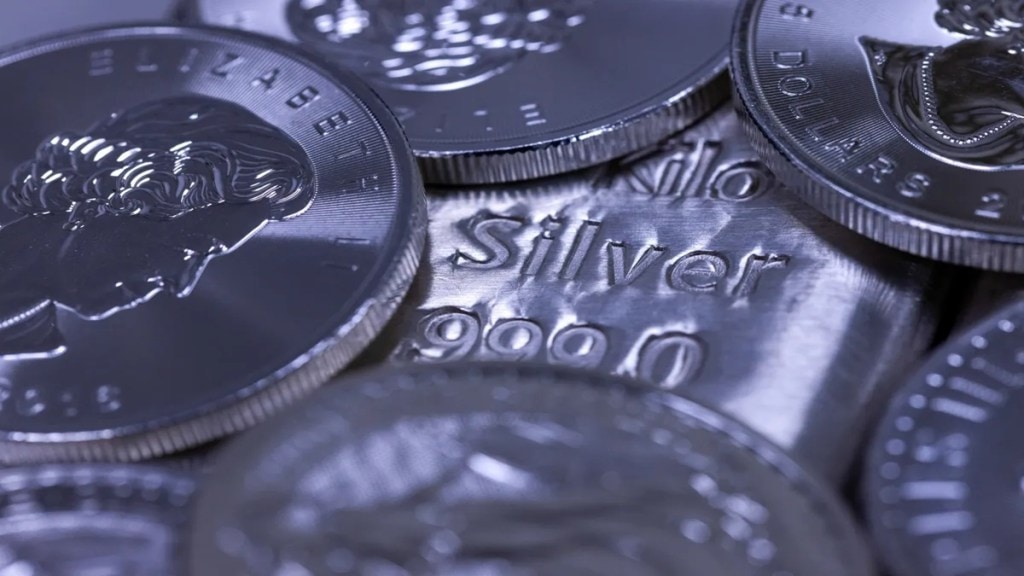Silver prices briefly crossed the $37 per ounce mark on Tuesday, approaching their highest levels since 2012, aided by strong industrial demand, continued supply bottlenecks, and increased safe-haven appeal amid geopolitical concerns.
Silver price today in India recorded a new high of Rs 1,08,285 per kg on Tuesday and is up 14% so far in 2025. On Monday, the MCX silver price was Rs 1,06,327 per ten kg.
Silver prices on Tuesday increased to Rs 1,09,250 per kilogram in July futures trade, as participants increased their bets. Fresh positions built up by participants led to a rise in silver prices, analysts said.
Since the beginning of June, silver has begun to catch up with gold. On Tuesday, Silver prices are up nearly 2%, trading at just below $37 per ounce, hovering near their highest levels since 2012.
Silver’s price rose to its highest level in 13 years after crossing $35 per ounce, the highest since February 2012. Most industry analysts believe that the silver price rise was caused by the gold-silver ratio going below 100.
The long-term average for the gold-silver ratio has been around 70. Gold is currently at $3,385 with the gold-silver ratio falling to 91 in a matter of a few days.
To return the ratio to its long-term average of 70, the price of silver must climb to $48, while the price of gold remains constant. Alternatively, gold must be priced correctly.
The metal’s expanding involvement in solar power, electronics, and other electrification trends currently accounts for more than half of worldwide demand, highlighting its long-term structural significance.
On the supply side, the silver market is grappling with its fifth consecutive annual deficit. While the Silver Institute projects the shortfall will narrow by 21% in 2025, supply constraints remain a key driver of price strength.
Meanwhile, investors cautiously awaited the US Federal Reserve’s interest rate decision this week. On the geopolitical front, US President Donald Trump called for the full evacuation of Tehran amid ongoing Israeli airstrikes and left the G7 summit in Canada early to monitor the situation, adding to global market caution.

